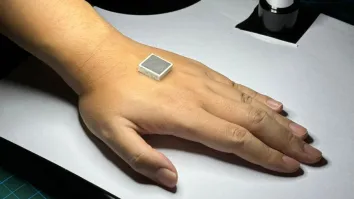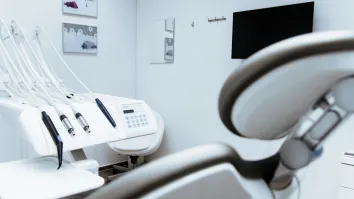
China's primary-level medical institutions handle over half of total visits
The country has improved community health centres and rural clinics on disease prevention.
Primary-level medical institutions in China have handled 52% of the country's total medical visits, gaining progress in the treatment system, according to a report by Xinhua.
The National Health Commission (NHC) has established a tiered diagnosis and treatment system to improve the country’s community health centres and township and village clinics.
With the country serving more patients, China has pushed for medical institutions in rural areas to be capable of handling common and frequently occurring diseases.
ALSO READ: National Health Commission expands paediatric medical resources across China
The tiered medical system has allowed physicians to categorise diseases, based on priority and difficulty of treatment, for medical institutions as a reference for the treatment of different diseases.
This year, China has encouraged patients to rely on basic medical care at primary-level medical institutions and utilise the capabilities of institutions.



















 Advertise
Advertise





